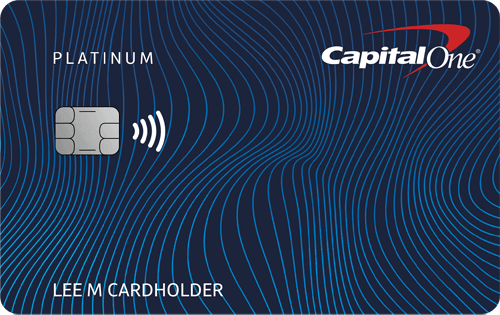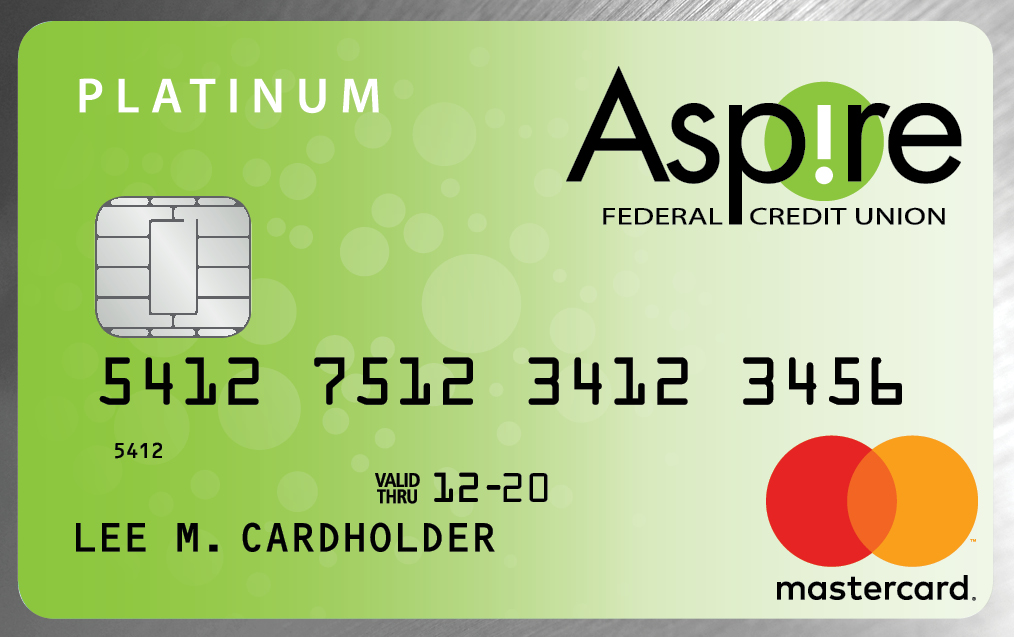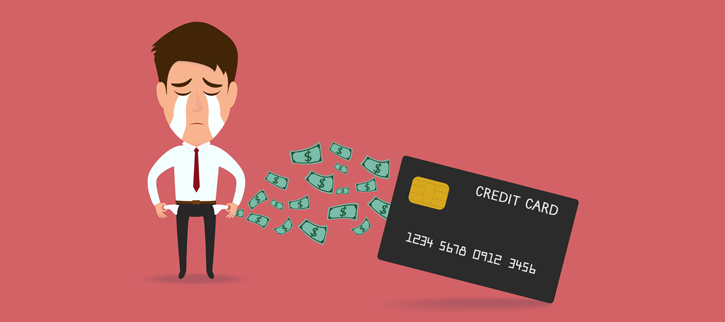
These two factors make up almost two-thirds your total score. These are your credit history and debt. 15% is determined by the length of your credit history. The next factor is the mix of credit you have used. You will improve your score by taking care not to have high balances or making timely payments.
Payment history
Your payment history is a key factor in determining whether you are eligible for a loan. Credit scoring models consider several factors when determining your credit score. They also take into consideration how prompt you pay your bills. Your overall score can be affected by the amount and severity of late payments. Make sure to pay all your bills on time to avoid lowering your score.
Late payment is a major factor in your score. This is generally 30 days late. Your score will be affected if you pay late even for a few days. This mark will stay on credit reports for seven years. Lenders will not report late payments for more than 30 days, but they will charge a fee if you miss the due date.
Debt
Credit score includes 30% of debt. You need to be aware of how much debt you have and how much you can afford to pay each monthly. Your debt amount can be affected by many factors. Avoid charging for things you don’t have the funds for. Your score will be lower if you owe more money than you can pay.

To improve your credit score, you should pay off as much debt as possible. It is best to keep your outstanding debts below 30% of the total credit limit. This shows that you are responsible for debt. If you have a great payment history, you can also increase credit limits. Lenders will increase your credit limit only if you are able to make your payments on-time.
Credit mix in use
Your credit score will be affected by your credit mix. While you might have a mix of revolving or installment credit, that doesn't necessarily mean you can have only one type. A mixture of credit types shows you can manage multiple accounts and pay them in full each month. This type of credit mix can be thrown off if you have a history of late payments, high credit utilization, or bankruptcy.
The percentage of credit types you have is about 10% of the credit score. This account mix can include installment loans and retail accounts as well as accounts from finance companies. A diverse credit mix helps lenders to see you are capable of managing your financial obligations and improving your credit score.
Length of credit history
The length of your credit history is an important aspect to consider when building a credit rating. Your score will rise the longer you have credit history. This factor is calculated using the sum of the ages for all your accounts, divided by the number of accounts. Eight years is your average credit history. Your credit score does not only consider the age total of credit accounts. It also takes into account the age and last use of each account.
A complicated algorithm calculates your credit score. It considers many factors, including the age you have had accounts. The credit scoring models use your oldest account as the basis.

Credit limit to debt
Your credit score includes several factors such as the debt to limit ratio. Your debt-to credit limit ratio is a percentage your total credit line. This number is used by many lenders in their scoring formulas. Lenders prefer to see a low debt-to-limit ratio. A high ratio could indicate that you're a risky borrower. This can lead to lower credit scores.
Your debt-tocredit limit ratio can be calculated by taking the total amount that you owe and subtracting it from the credit available. It is best to aim for a debt ratio below 30%. Your credit score can be affected if it is higher than 30%.